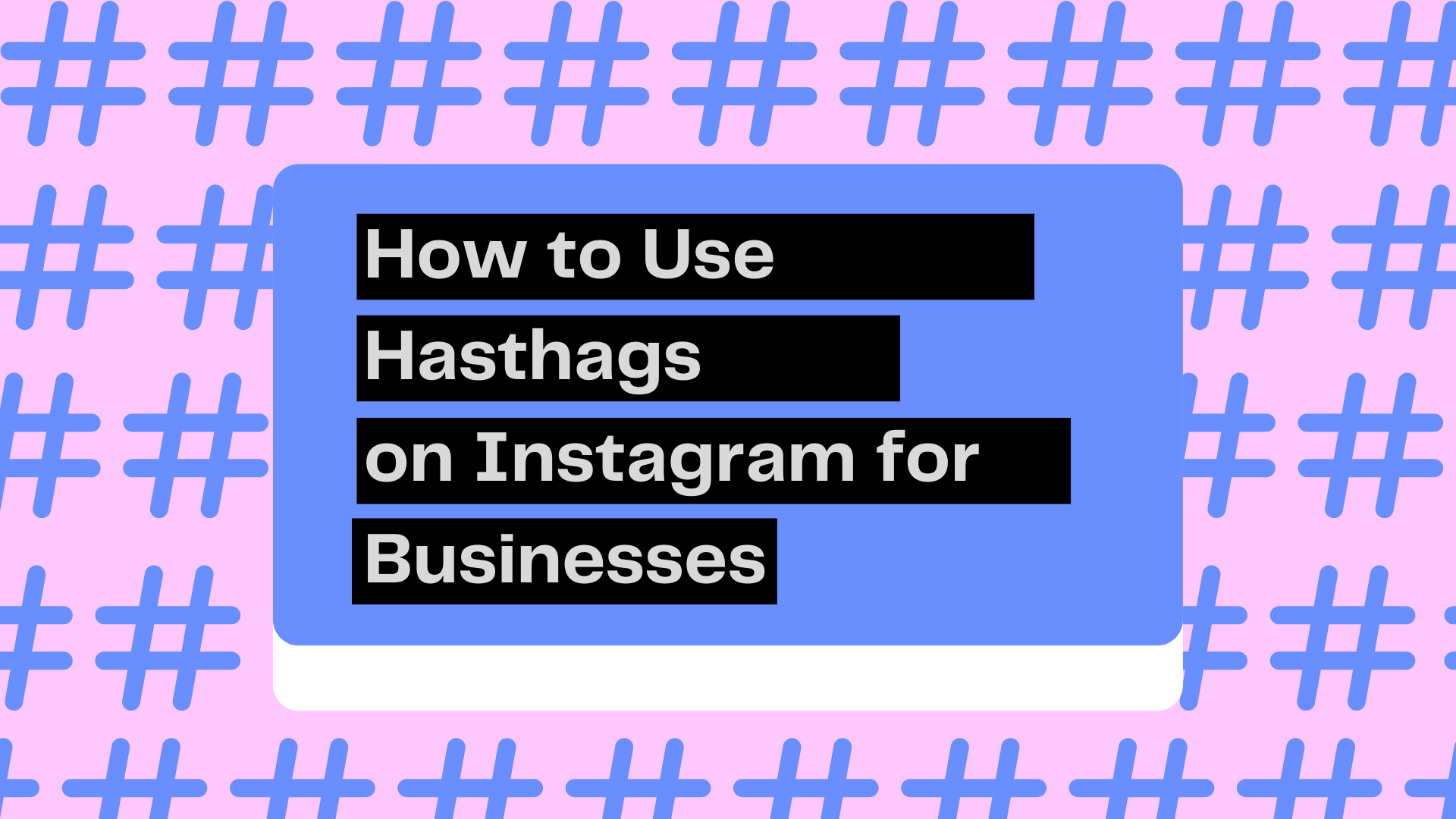Digital Transformation and Marketing for Franchises: Fundamental Steps
In today’s business landscape, digital transformation is a crucial factor for the success of any company, including franchises.
Read MoreHashtags play a key role in your digital marketing and sales strategies. Learn how to use them to maximum effect.

Since we know that hashtags play a key role in your company’s marketing and sales strategies, we’ve put together a short but detailed article with some best practices for using hashtags on Instagram for business.

First of all, hashtags are tags that allow you to associate an image with certain terms. The image is then catalogued into a certain group of images and will appear in the search results related to that search term.
That makes hashtags an indispensable element in your strategy for positioning your brand on social media and something that should be included in your marketing tactics. But in order for them to work appropriately, you’ll need to follow certain best practices to have the best possible impact.
Below, we provide a list of the most common practices for using hashtags:
Although various experts and studies don’t show one definitive answer to this question, one recent study from Hubspot showed that at around 8 hashtags there is a noticeable increase in post views. However, there is no significant difference between 8 and 30 tags, the maximum number of hashtags allowed in a post description.
However many hashtags you use, it has been shown that even just one hashtag on a post increases engagement by 12.6% over those that have no hashtags, according to Later.
If you don’t want your hashtags to be visible in the caption of the post or if you want to use the space for more text, another option is to hide the hashtags in the comments.
When a post gets a large number of comments, it is unlikely that the hashtags will show first, allowing you to hide them from view.
Some companies will invent their own hashtags, but doing so without a strategy to back it up can make your post look less organic.
For example, if you’re a soda company and you invent a hashtag such as #CansAreCool, not many people are likely to search for that term. On the other hand, if that hashtag is part of a campaign, in which it’s mentioned in other content, or in which clients and users are encouraged to upload a picture of a canned drink with the hashtag, then it would make sense to include it in the brand’s marketing strategy.
If not, it’s usually recommended to use terms that people generally use to refer to your brand or that are trending in the industry.
Ideally, each hashtag you add to a post should be well thought-out and have a strategic goal. But they are also subject to common use and how popular each term is.
That means it’s recommended to combine hashtags from different popular categories. You can find this information by entering a hashtag in the Instagram search, which will show under each term the number of posts associated with that hashtag.
You can also see which hashtags the competition are using to understand what terms are most-used in the industry.
Although it’s not possible to analyze the traffic on each hashtag, the metrics that Instagram for Business provides allow you to see the total number of viewers of a post that reached it because of hashtags.
Once your hashtags are aligned with your marketing strategy, it’s time to take it to the next level.
Optimizing posts will help to increase users’ interest in contacting you about your products or services. To manage the new flood of messages without having to hire more customer service agents, you’ll need a platform that brings together conversation automation tools.
Zenvia Conversion allows you to integrate your Facebook Messenger, Instagram Messenger, and WhatsApp channels so you can have a panoramic view of the incoming messages your business receives, and even the multiple messages the same user may send via different channels. On top of that, Zenvia Conversion’s conversational channels allow you to automate conversational flows so your agents don’t waste time on repetitive tasks.
Other tools that Zenvia Conversion provides that will help you improve your relationship with your clients and increase your sales include:
Are you ready to take your sales and marketing strategy to the next level? You can start today by trying Zenvia Conversion’s free demo. Click here to get started.